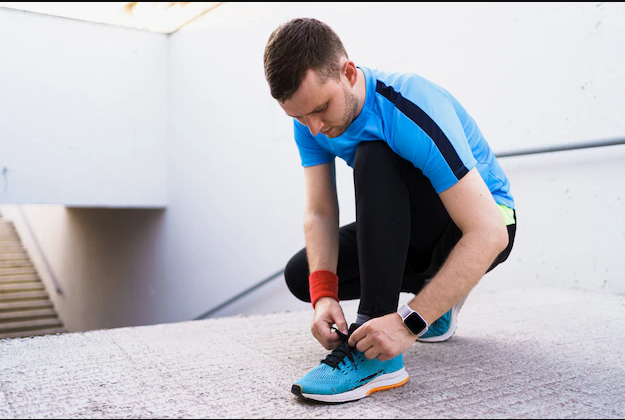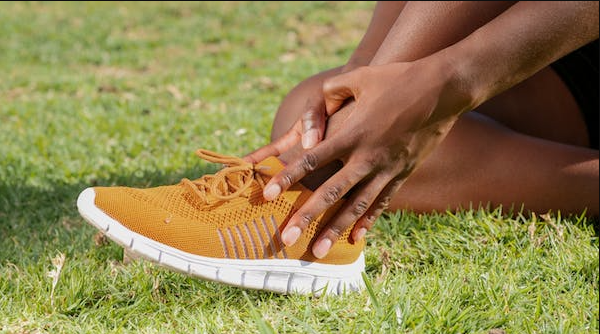Ankle instability is a common condition that affects many athletes and active individuals. The constant stress and strain placed on the joints can lead to injuries, chronic pain, and a loss of mobility. However, with the right strategies in place, it is possible to reduce your risk of developing ankle instability and maintain your active lifestyle.
One key strategy for avoiding ankle instability is to strengthen the muscles and ligaments that support the joint. This can be done through exercises such as calf raises, ankle rolls, and balance exercises. These exercises can help to improve stability and reduce the risk of injury.
It’s also important to stay flexible. Tight muscles and tendons can put extra strain on the joints and increase your risk of injury. Stretching exercises such as hamstring stretches, quad stretches, and calf stretches can help to keep the muscles and tendons loose and flexible. Incorporating stretching into your daily routine can help to prevent muscle imbalances that can lead to instability.
Wearing the Right Shoes: The Role of Footwear in Preventing Ankle Instability
Proper footwear is essential for preventing ankle instability Shoes with good arch support and a sturdy heel can help to reduce the risk of injuries and provide extra support for the joint. It’s also important to avoid wearing worn-out shoes or shoes that do not fit well. Choosing the right shoe for your activity can help to reduce the risk of injuries. For example, if you play a sport that involves lateral movement, such as basketball or tennis, you may want to look for shoes that provide extra support on the sides of the foot. Similarly, if you are a runner, you may want to look for shoes with extra cushioning to help absorb the impact of each step.

Conclusion
Ankle instability is a common condition that affects many athletes and active individuals. However, by following the right strategies and taking steps to prevent injuries, it is possible to reduce your risk of developing ankle instability and maintain your active lifestyle. This includes strengthening the muscles and ligaments that support the joint, staying flexible, wearing proper footwear, being aware of your surroundings, and listening to your body. It’s important to take steps to rest and recover when you are feeling pain or experiencing other symptoms of ankle instability.

